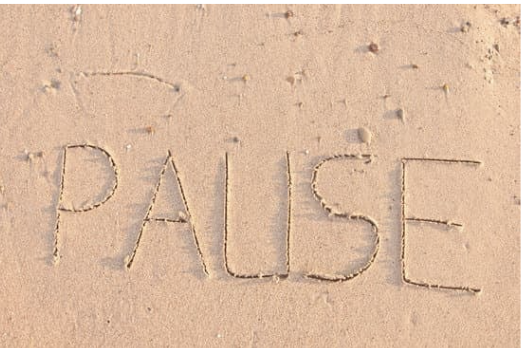New Book Release! 364 Days Until Halloween
Halloween is not easy for every kid. The candy is nice but the ghosts and goblins are too much for many kids with an imaginative brain. Learn strategies to help your child maintain calm during Halloween festivities.
The Power of Pause: How Meditation Transforms Parenting
Meditation has profound affects in all aspects of life, but it can revolutionize parenting. Learn the story of Allison attending her first silent mediation retreat and how it led her to co-lead a meditation retreat for parents. By getting quiet and learning to pause, your connection with your kids can be transformed.
Lonely Within the Home: Helping Kids Feel Connected within the Family of Origin
When we think of our kids feeling lonely, we often view it as loneliness outside of the home. Whether it’s feeling left out of a friend group, having social anxiety or not having a place or a “thing.” That kind of loneliness certainly exists but the type of loneliness we often overlook is when children feel lonely within their family of origin.
Announcing Book Club Offering and the Importance of Connection
I was talking with a school counseling group recently about all of the changes in education, in the world. There are funding cuts, uncertainty and in the midst of it all, a real need to be able to connect with each other. We were discussing options for me to work with their community, regardless of cost, and I offered my Book Club as a way to provide support and much needed connection between all of us.
Stop Talking, Get Out the Crayons
Over the years, I have learned the way to help a child process grief is to ask them to draw their experience. The prompt for their drawing could be: what do you remember? how do you feel? how does it seem to you now? I have learned far more from this approach than from asking a child to verbally explain their experience. When kids are allowed to process their experience without having to put words to it, they can move through their grief at their developmental level. As a child moves through grief, you can ask them to draw what they are hopeful for in the future. You can also draw your own picture to allow a child to see how you are processing the loss.
Encouraging Presence Over Presents: Helping Kids Stay Grounded
The holidays are filled with many emotionally altering events. Kids are even more reactive to all of the changes and often lose the ability to manage emotions. We want our kids to be mindful (and grateful) for the gifts they receive, act in socially appropriate ways (saying thank you for gifts received), all while playing nicely with the cousins! That’s a big ask for kids but here are some things we can do to help them feel grounded and manage emotions more effectively:
How to Reset the Brain During the Holiday Season
The holidays are a mixed bag for most families. There’s the hype of get togethers, special events and gifts. Then, there’s the stress of the same things. As emotions go, when there is intensity, it goes both ways: up and down. Happy and sad. Excited and angry. There is also the end of the year approaching and a time for reflection. What went well? What didn’t? What can I do better next year? What can I let go of?
Cognitive Strategies, Neuroplasticity and Intention: A Self-Study
Sometime in the fall of 1996, I was sitting in my car outside a gym in rural Missouri. I was in my second year of undergrad and I had no idea what I wanted to do for a career. I had spent the majority of my time focusing on basketball, my first love, and how I was able to afford my college tuition. Just before I turned the engine off I heard a woman on the radio discussing a book she had written about how kids learn. I was fascinated by the way she described kids and how their emotions shape their learning and essentially their lives.
New Book and What it Means to Grow Up Strong
In the spring of 2023, a school shooting took place at Covenant School in Nashville—just two miles from my office. Having my own two kids in schools nearby and counseling children who were either at the school during the shooting or knew kids who attended the school, I found there weren’t enough emotional muscles to prepared for such an event.








